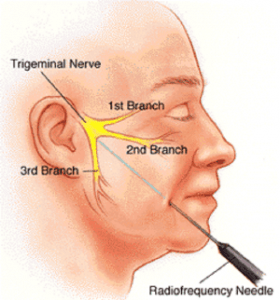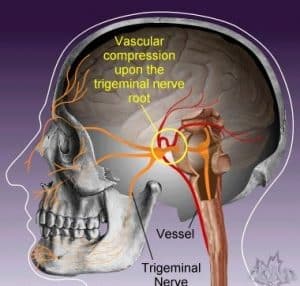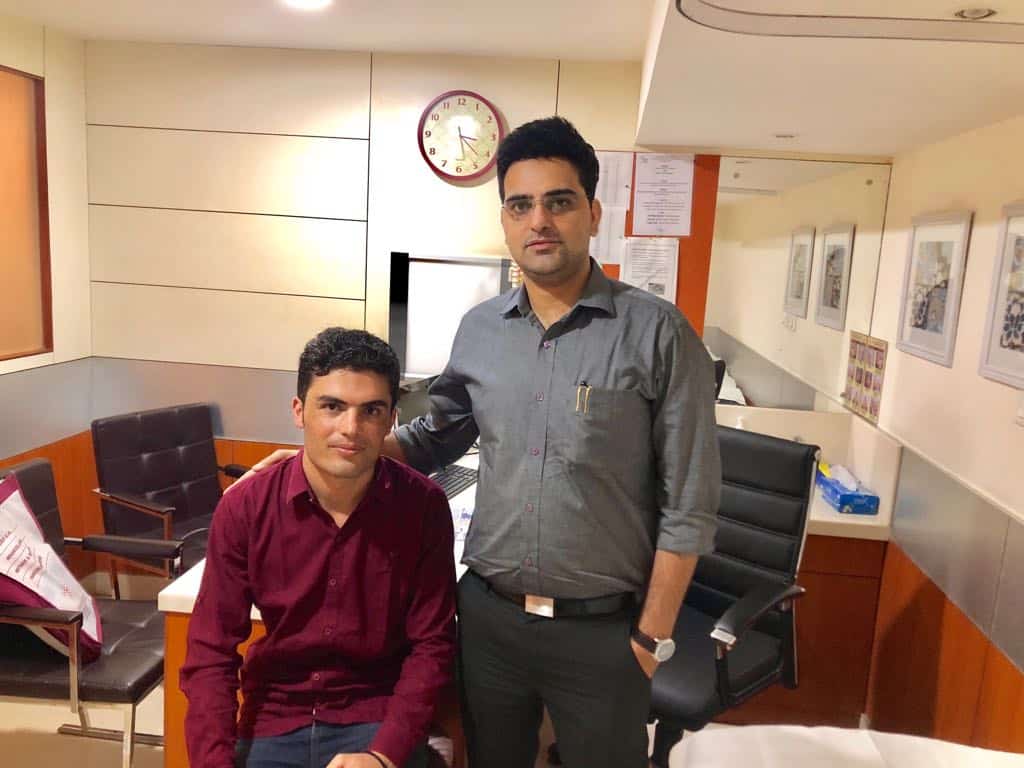Trigeminal neuralgia is a chronic pain condition that affects the trigeminal nerve, which carries sensation from your face to your brain. If you have trigeminal neuralgia, even mild stimulation of your face — such as from brushing your teeth or putting on makeup — may trigger a jolt of excruciating pain.

You may initially experience short, mild attacks, but trigeminal neuralgia can progress, causing longer, more frequent bouts of searing pain. Trigeminal neuralgia affects women more often than men, and it’s more likely to occur in people who are older than 50. Because of the variety of treatment options available, having trigeminal neuralgia doesn’t necessarily mean you’re doomed to a life of pain. Doctors usually can effectively manage trigeminal neuralgia with medications, injections or surgery.
Treatment options:
Medications
Anticonvulsants drugs such as, carbamazepine (Tegretol, Carbatrol, others) usually prescribed for trigeminal neuralgia, and it’s been shown to be effective in treating the condition. Other anticonvulsant drugs that may be used to treat trigeminal neuralgia include oxcarbazepine (Trileptal). Other drugs, including clonazepam (Klonopin) and gabapentin (Neurontin, Gralise, others), also may be used. If the anticonvulsant used begins to lose effectiveness, your specialist may increase the dose or switch to another type. Side effects of anticonvulsants may include dizziness, confusion, drowsiness, double vision and nausea. Also, carbamazepine can trigger a serious drug reaction in some people, so genetic testing may be recommended before you start carbamazepine.
Muscle-relaxing agents such as baclofen (Gablofen, Lioresal) may be used alone or in combination with carbamazepine. Side effects may include confusion, nausea and drowsiness.
Interventions
Radiofrequency thermal lesioning procedure selectively destroys nerve fibers associated with pain. While patient is sedated in operation theater setup with x-ray machine, Interventional pain specialist inserts a hollow needle through the face and guides it to a part of the trigeminal nerve that goes through an opening at the base of skull. Once the needle is positioned, doctor surgeon inserts an electrode through the needle and sends a mild electrical current through the tip of the electrode. You’ll be asked to indicate when and where you feel tingling. It finds nerve by sensory & motor stimulation & ablate that nerve with precision giving immediate results. This is very rewarding procedure in terms of results & duration of relief.

Balloon compression procedure inserts a hollow needle through your face and guides it to a part of your trigeminal nerve that goes through the base of your skull. Then, specialist threads a thin, flexible tube (catheter) with a balloon on the end through the needle & balloon is inflated with enough pressure to damage the trigeminal nerve and block pain signals.

Glycerol injection is a similar procedure as above ,only difference is instead of radiofrequency lesioning or balloon compression sterile glycerol chemical is used to block the pain signal by destroying trigeminal nerve. The spread of chemical can’t be controlled, hence there are chances of involvement of other trigeminal branches aswell.
Surgery
When interventions are performed well, surgery is rarely required but in selective condition surgery can give adequate results.
Microvascular decompression procedure involves relocating or removing blood vessels that are in contact with the trigeminal root
Gamma Knife radiosurgery procedure a surgeon directs a focused dose of radiation to the root of trigeminal nerve. This procedure uses radiation to damage the trigeminal nerve and reduce or eliminate pain. Relief occurs gradually and may take several weeks.
Consult Spinomax pain center for best Trigeminal Neuralgia treatment.





